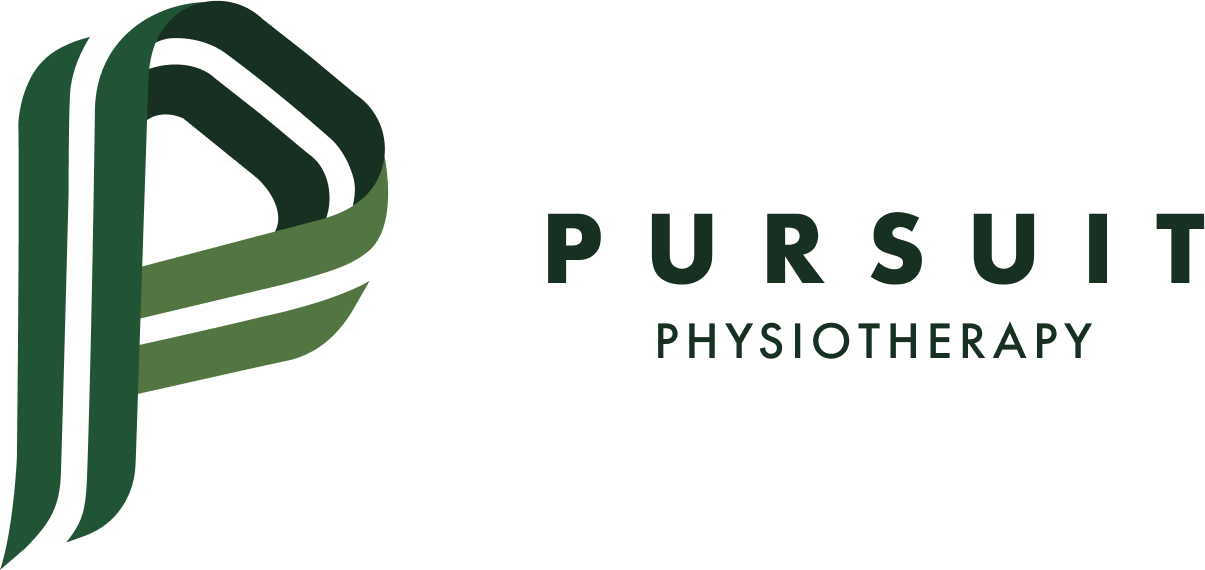Unlock Better Posture with Chiropractic Care: Here’s How
Posture plays a crucial role in our overall health and well-being. From sitting at a desk for extended periods to poor sleeping habits, modern lifestyles often contribute to poor posture. While posture may seem like a simple matter of standing or sitting up straight, its impact extends far beyond mere aesthetics. It affects everything from musculoskeletal health to respiratory function and even psychological well-being.
Chiropractic care is a non-invasive and drug-free approach to addressing posture-related issues. Through targeted adjustments and manipulations, chiropractors aim to help restore range of motion and function in the spine, therefore addressing posture. But what are the physiological effects of these chiropractic adjustments on posture, and how do they contribute to overall well-being?
Understanding the Physiology
To comprehend how chiropractic adjustments influence posture, it's essential to delve into the physiology of the spine and its relationship with the nervous system. The spine serves as the central pillar of the body, providing structural support and housing the spinal cord, which serves as a conduit for nerve signals between the brain and the rest of the body.
Dysfunctional segments in the spine can disrupt this delicate balance, interfering with nerve function leading to compromised posture. Chiropractic adjustments target these dysfunctional areas by applying precise force to stimulate the joint complex causing a stretch to the adjacent muscles leading to reactivity in the brain to that area. By doing so, chiropractors aim to improve joint mobility and promote overall musculoskeletal health by bringing more awareness to the dysfunctional area.
Chiropractic care Effects on Posture
Several studies have investigated the effects of chiropractic adjustments on posture, highlighting their potential benefits:
Muscle Relaxation: Chiropractic adjustments not only realign the spine but also help relax tight muscles and alleviate muscular tension. This relaxation of muscles surrounding the spine can contribute to improved posture by allowing the body to assume a more natural and balanced position.
Enhanced Proprioception: Proprioception refers to the body's ability to sense its position in space. Dysfunctions in the spine can disrupt proprioceptive feedback, leading to postural imbalances. Chiropractic manipulations has shown to help restore proper proprioceptive input by altering afferent input that lead to changes in somatosensory processing in the brain, allowing individuals to gain more control of spinal and limb muscles.
Pain Reduction: Poor posture often contributes to musculoskeletal pain, particularly in the neck, shoulders, and lower back. Chiropractic care has been shown to effectively reduce pain associated with postural abnormalities by addressing the underlying structural issues and promoting proper function.
Conclusion
Maintaining good posture is essential for overall health and well-being, yet many individuals struggle with postural imbalances due to various factors. Chiropractic care offers a holistic approach to addressing posture-related issues by addressing pain and function within the spine and promoting optimal musculoskeletal function.
Through a combination of manipulations and exercises, Victoria chiropractors can help improve joint mobility, relax tight muscles, enhance proprioception, and reduce pain, ultimately leading to improved posture and improved quality of life. While further research is needed to fully elucidate the physiological effects of chiropractic adjustments on posture, existing evidence suggests that chiropractic care can be a valuable tool in achieving and maintaining optimal postural health.
References:
Galindez-Ibarbengoetxea, X., Setuain, I., Andersen, L. L., Ramirez-Velez, R., González-Izal, M., Jauregi, A., & Izquierdo, M. (2017). Effects of cervical high-velocity low-amplitude techniques on range of motion, strength performance, and cardiovascular outcomes: a review. The Journal of Alternative and Complementary Medicine, 23(9), 667-675.
Haavik, H., & Murphy, B. (2011). Subclinical neck pain and the effects of cervical manipulation on elbow joint position sense. Journal of manipulative and physiological therapeutics, 34(2), 88-97.
Herman, P. M., Kommareddi, M., Sorbero, M. E., Rutter, C. M., Hays, R. D., Hilton, L. G., ... & Coulter, I. D. (2018). Characteristics of chiropractic patients being treated for chronic low back and neck pain. Journal of manipulative and physiological therapeutics, 41(6), 445-455.
Holt, K., Haavik, H., Lee, A., Murphy, B., & Elley, C. (2016). Effectiveness of Chiropractic Care to Improve Sensorimotor Function Associated With Falls Risk in Older People: A Randomized Controlled Trial.. Journal of manipulative and physiological therapeutics, 39 4, 267-78 . https://doi.org/10.1016/j.jmpt.2016.02.003.
Kim, Y. H., & Khil, J. H. (2017). Effects of exercise training and chiropractic on grip strength and cervical muscle strength of subjects with forward head posture and turtle neck. Korean Society of Physical Medicine, 12(2), 121-127.
Oakley, P., Kallan, S., & Harrison, D. (2022). Structural rehabilitation of the cervical lordosis and forward head posture: a selective review of Chiropractic BioPhysics® case reports. Journal of Physical Therapy Science, 34, 759 - 771. https://doi.org/10.1589/jpts.34.759.
Sakai, Y., Watanabe, T., Wakao, N., Matsui, H., Osada, N., Sugiura, T., ... & Yamazaki, K. (2022). Proprioception and geriatric low back pain. Spine Surgery and Related Research, 6(5), 422-432.
Suwaidi, A., Moustafa, I., Kim, M., Oakley, P., & Harrison, D. (2023). A Comparison of Two Forward Head Posture Corrective Approaches in Elderly with Chronic Non-Specific Neck Pain: A Randomized Controlled Study. Journal of Clinical Medicine, 12. https://doi.org/10.3390/jcm12020542.
Vining, R., Long, C., Minkalis, A., Gudavalli, M., Xia, T., Walter, J., Coulter, I., & Goertz, C. (2020). Effects of Chiropractic Care on Strength, Balance, and Endurance in Active-Duty U.S. Military Personnel with Low Back Pain: A Randomized Controlled Trial.. Journal of alternative and complementary medicine. https://doi.org/10.1089/acm.2020.0107.


